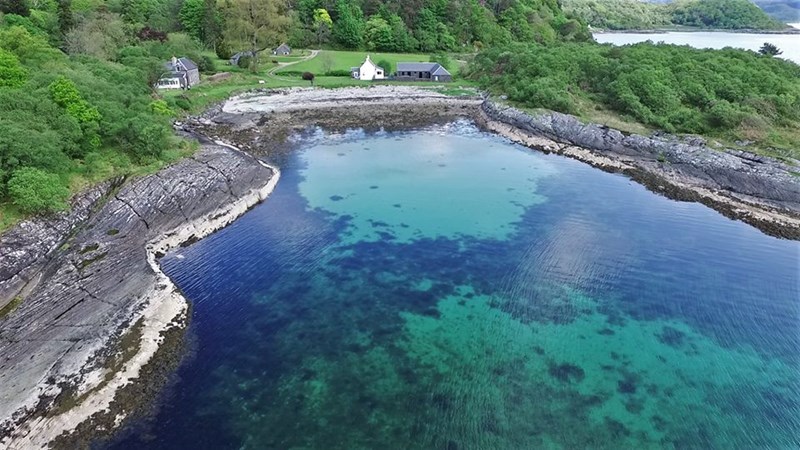Scotland’s waterways provide a fantastic opportunity to get out and enjoy some wonderful experiences. It’s important to remember though that every water site is different and could pose a number of hazards. But by being conscious of these potential threats, it is more likely that you will make well-considered choices, keeping yourself and your family and friends safe.
One way to keep safe is by following the three steps of the Water Safety Code.
Stop and think, spot the dangers
Many of our inland waterways are beautiful and it can be tempting to wade in on a hot summer’s day. However, there are often many hidden dangers, such as obscured objects like rocks that may not be visible, strong currents, steep drops and finally, the body’s reaction to a drop in temperature: Cold Water Shock (CWS).
CWS is an involuntary response the body makes after suddenly or unexpectedly being immersed in water that has a temperature of less than 15°C. This often happens when a person suddenly falls into water from land, or from a boat. It can also occur if the terrain suddenly drops when paddling or swimming, which is common in many of Scotland’s beautiful lochs.
CWS primarily affects two things: your ability to breathe; and your capability to swim. Importantly, even the strongest swimmers can be overwhelmed by the shock of cold water, potentially leading to tragedy.

Stay together, stay close
If you find yourself at an unsupervised site, it’s a wise idea to be sociable and go with other people. Having people around in watery locales is vital, as they can provide assistance should there be an emergency and a need to raise the alarm.
Water-based sports can be a very enjoyable summer activity but the underlying risks should always be deliberated. Firstly, ensure an appropriate level of training has been undertaken, as well the implementation of the correct safety equipment for the sport before getting involved. Perhaps joining of a local sporting club, or getting in touch with a National Governing Body, could be beneficial in order to attain a specialised form of training.
If you are venturing into the more remote locations of Scotland, make sure to carefully plan your route and activities; never travel to remote places alone; and finally, inform relatives when you expect to return.
One additional tip for a safe and enjoyable experience: leave alcohol on land. If you fancy a well-earned beer or glass of wine in the great Scottish wildlands, always do it after your activity or swim. Alcohol affects your judgment and can put you, and others, at considerable risk. It will be all the more rewarding after your water-based jaunt!
In an emergency, call 999
If you are out about and see someone in trouble in the water, don’t go in yourself as this also puts you at risk. Instead, call 999 and then look for a throwline or life ring whilst you wait for the emergency services.
If you find yourself in a situation where you are unexpectedly in the water, try not to panic and instead - float. Fight the instinct to swim; then lean back, extend your arms and legs and float until you have controlled your breathing. Once you are calm, swim to safety or call for help.
Scotland is beautiful and has so many opportunities for activity. However, at Water Safety Scotland, we want you to be safe while doing these activities. Learning about the potential hazards can really help equip you with the knowledge and skills to make safe choices.
Have conversations about these tips with family and friends – it might help prevent a future drowning.
To learn more about WSS and the Water Safety Code, visit: https://watersafetyscotland.org.uk/information/